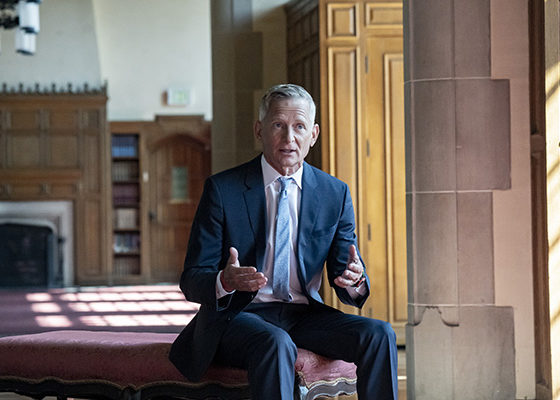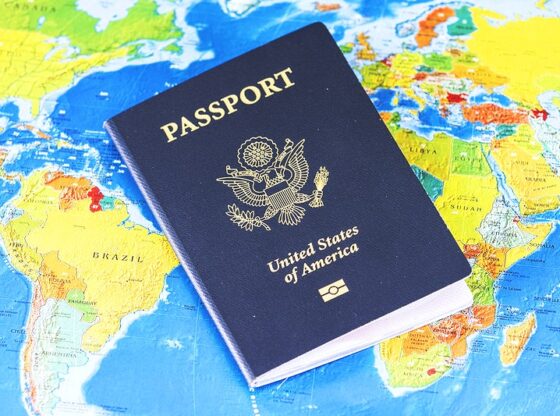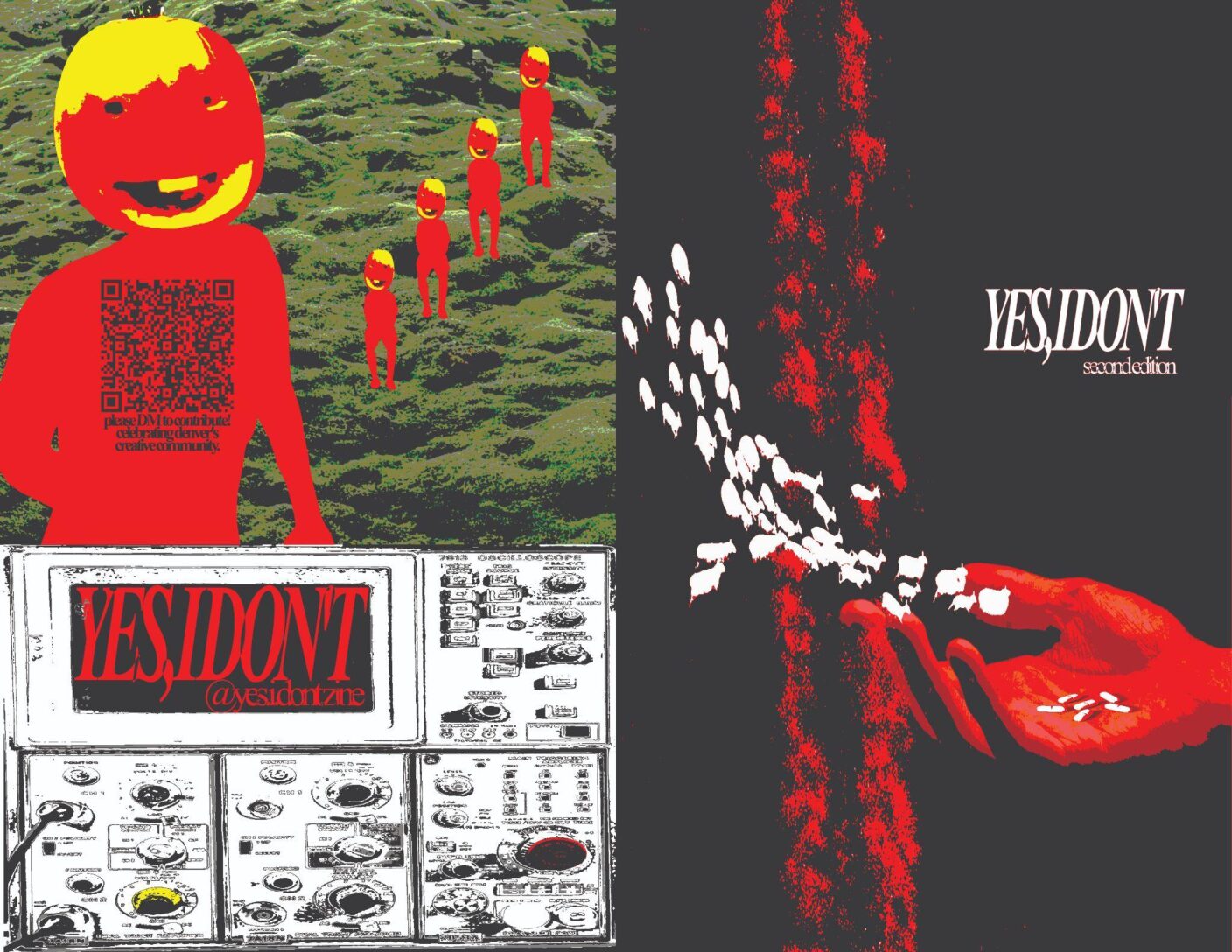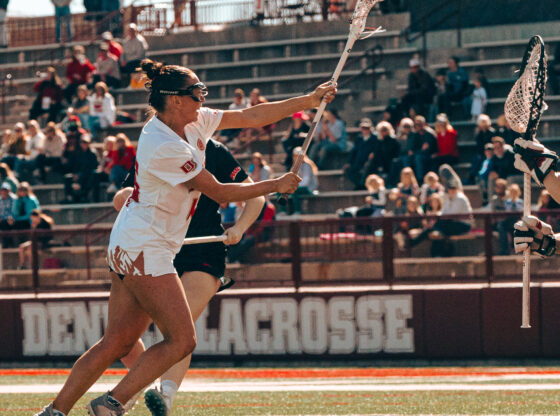Every time the hospitality elective ‘Wines of the World’ is offered at DU, around 600 hopeful students add the class to their course plan, dreaming of getting credits to drink wine and learning to taste like a connoisseur. Unfortunately, for about 90% of these enthusiastic students, their wine drinking will have to be kept to the weekends, because only two sections are taught per quarter, with 30 students in each class.
I’m thankful to say I’m one of the lucky few students who will be spending my Monday and Wednesday afternoons this quarter tasting wines I never dreamed of being able to afford at the ripe age of 21. But, it’s not all expensive, sommelier-approved wines, and there’s actually a lot more to the class than sipping on a wide variety of fermented grape juices and leaving with a little buzz, though that’s definitely a benefit.
So, what is it really like taking Wines of the World? And what can the privileged few who take the class share with other DU students to help them elevate their wine drinking experience? Let’s start with the basics.
Three different professors teach the course throughout the year — David Reuss and Seth Box, who are both adjunct faculty, and Daniela Chavez, who is the assistant director of operations at the Hospitality School. All of them are very experienced in the wine industry and experts in their field. While the classes use the same curriculum and even powerpoint slides, they each inevitably have their own specific styles of teaching that influence the experience taking the class.
Students must be 21 years old to take the class, and there is an additional fee associated with the class to cover the wine costs and the price of the tasting glasses, which students get to keep afterwards. The class is only available to non-hospitality majors and has a strict limit of 30 students per section, meaning the desperate emails the professors receive from students to override the waitlist will have no avail.
My professor is Seth Box, who has been in the world of wine for about 25 years and has been teaching the class at DU for five years to fulfill his passion for education. He entered the wine industry as a server, dishwasher and cellar rat in Napa Valley, California and worked his way up to his current position as the Corporate Business Director for Moët Hennessy, the wine and spirits portion of Louis Vuitton Moët Hennessy (LVMH). Along the road as he lived in New Zealand, Italy, New York City and more, he built up his portfolio of experience on the bottling line, in the vineyard and beyond.
Box emphasizes approachability and practicality in his course, reminding students that no one should feel underqualified to talk about wine and emphasizing the elements from the class that will be most applicable in real life.
By the end of the class, Box wants students to, “have the confidence in your tasting capacity and in broad stroke, relevant aspects of the wine industry, where you feel comfortable having a discussion about it, where you feel comfortable going to a tasting and being confident in what you’re doing.”
This perspective of the intention of the class is definitely quite distinct from the common DU student’s idea of what happens, much more along the lines of getting drunk in class and adding an easy A to their transcript. For many students, curiosity about wine and desire to drink is enough for them to add it to their course plan.
In my experience, I have found some of the course not to be what I expected, starting with how much wine we actually drink. Each class, we try at least four wines; two bottles of each wine are provided and split between 30 people, a total of one and a half glasses of wine per person over two hours. For the average person (and especially college students), this shouldn’t be enough to get you drunk, but you will probably leave class in a better mood than when you came.
Even Box joked that any student who thinks they will be leaving class drunk is kidding themselves, unless it’s their first time ever drinking alcohol.
“I’m hopeful, as seasoned seniors, you guys have a little bit better alcohol tolerance than that and are not hammered,” said Box.
For the first half of the quarter, we work through different common styles of wine and will eventually taste wines based on the region they were produced. Each class starts with a lecture and PowerPoint presentation that rebuttals the information from that day’s assigned readings, often relating back to the wine we are tasting that day.
Most of the readings come from our textbook, The Wine Bible by Karen MacNeil, and each class usually has between 20 and 50 pages of reading assigned. The content is incredibly interesting, though very dense with information, and in the first three weeks of class, I’ve already taken about 50 pages of handwritten notes (though I won’t deny being a try-hard).
Rodrigo Granillo, another fourth-year student in the class who regularly expresses interest in the course material, agrees about the intensity of the scholarly aspects of the course.
“It’s the same academic demand as any other class, but it’s something fun that most people actually enjoy,” said Granillo.
After the wine tastings, the class plays Kahoot over the covered content, which determines who gets to take home the extra wine (if there is any). Students consistently engage by sharing their observations during a tasting, asking clarifying questions and sharing their own thoughts and experiences.
“I always get great students, and I always have a good core group, always, always, always. And then it’s my job as a teacher to pull the rest in, hopefully over the course of the quarter,” said Box.
As a professor, he emphasizes the importance of engagement, especially while tasting, because the best way to refine the skill of talking about wine and making observations is through practice, just like learning any other language.
‘Wines of the World’ is so much more than a class where you drink wine, it’s an opportunity to explore a new interest and grow personally and professionally.
“It’s something that goes beyond just academics; it’s something you learn about and can apply later in life… We’re not going to all get drunk in class, it’s learning and having fun at the same time,” said Granillo.
According to Box, the goal is that by the end of the class, “whether you’re at a business meeting, whether you’re interviewing, whether you’re in a professional situation or in a really high level social situation, you’ll be able to hold your own.”
As great as the class is, none of this is to say that this skill and knowledge can’t be acquired outside of the classroom, something professors and students alike agree on. Based on what I’ve learned in the course so far, I have some recommendations for anyone who wants to expand their wine literacy but isn’t able to take the class before they graduate.
- Ask questions and don’t be afraid
While wine snobs are certainly not hard to come by, don’t let fear get in the way of learning more about wine and saying what you think about wines you try! Box emphasizes this throughout the course, because the last thing he wants is someone to feel uncomfortable engaging.
“Don’t be afraid of it. It’s a beverage. A lot of people, particularly with wine, are worried that they’re not fancy enough or they don’t know enough. You’re the one with the money in your pocket, whether you’re buying a $5 bottle or a $500 bottle,” said Box.
- Form a tasting group
The best way to practice your flavor, aroma and texture vocabulary is to do it with others and bounce ideas off of each other, something any of us can do with friends or family.
“You don’t need the class. You can pick up books. You can go to restaurants. You can taste wines. You can buy wines on your own. You can put together a tasting group of people and share costs,” said Box.
- Use your resources
You don’t need to be tasting the finest wines to start this process. Simply buy a bottle you can afford, research it and take your time tasting and making observations about it. Make sure you keep track of what aspects you like and don’t like to help you with future purchases.
Many wine stores even offer free tastings on certain days of the week and are more than happy to answer questions and talk about their selections of wine. Check out a local wine store, watch a YouTube video or ask to sit down with one of the Wines of the World professors for a coffee or a wine tasting and you’d be surprised at the progress you can make!
As Professor Box says: “it’s okay, just jump in, and the quicker you jump in, the faster you’ll get to where you want to get.”












